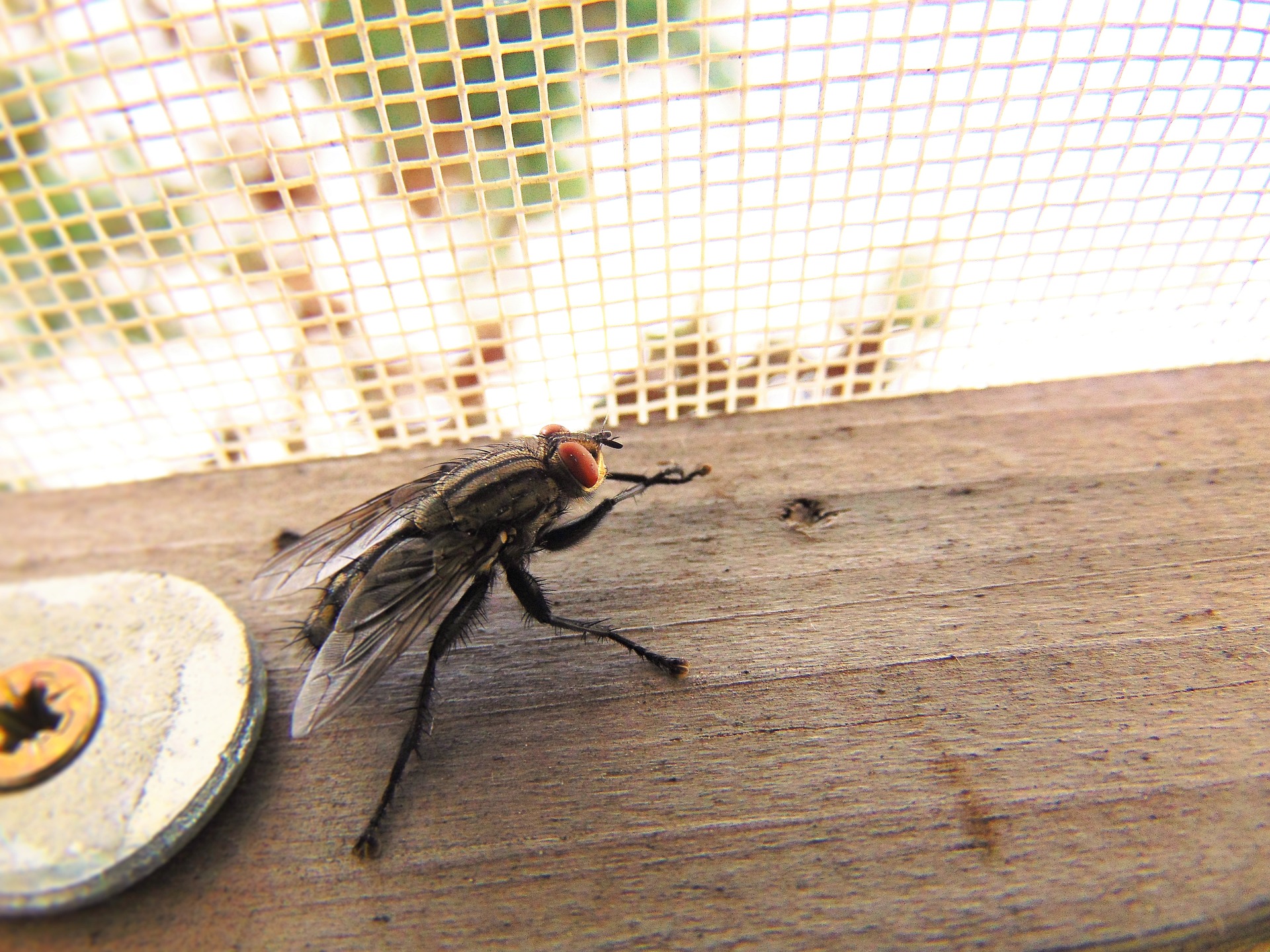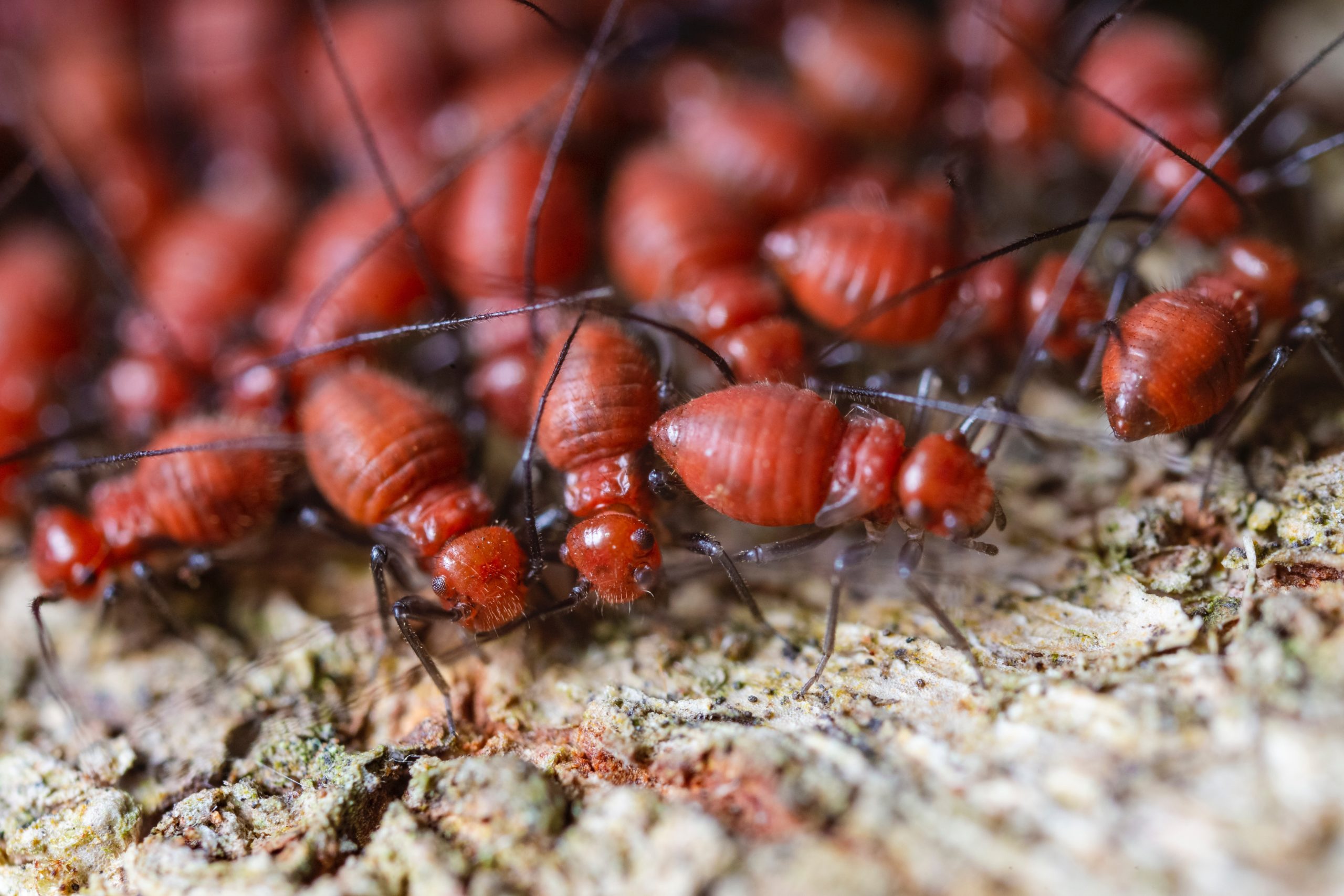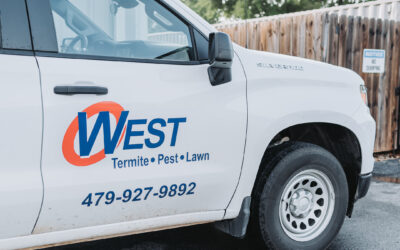
Why pest control in schools is needed
Pest control is needed in schools for several important reasons:
Health and safety: Pests like rodents, cockroaches, and insects can carry diseases and bacteria that pose health risks to students, teachers, and staff. Some pests can contaminate food, surfaces, and the air, leading to potential outbreaks of illnesses.
Allergies and asthma: Pests can trigger allergies and exacerbate asthma symptoms in susceptible individuals. Dust mites, cockroach droppings, and rodent dander are common allergens found in schools.
Preventing infestations: Schools are high-traffic areas with numerous entry points, making them susceptible to pest infestations. Regular pest control measures help prevent pests from becoming a widespread problem, reducing the need for more extensive and costly treatments in the future.
Damage to property: Pests can cause damage to school infrastructure and property. For example, rodents may gnaw on electrical wires, leading to potential fire hazards, or termites can harm wooden structures.

A conducive learning environment: A pest-free environment contributes to a more conducive atmosphere for learning and teaching. Infestations can be disruptive and distracting, impacting students’ concentration and overall well-being.
Reputation and public image: A school with a pest problem may face negative publicity and a damaged reputation. Parents and the community expect schools to provide a safe and hygienic environment for students.
Legal and regulatory requirements: In many jurisdictions, schools are required to meet health and sanitation standards, which include managing pest control effectively.
Psychological well-being: Pests can cause fear and anxiety among students and staff. For instance, the sight of rodents or insects can be distressing for some individuals, affecting their mental well-being and overall comfort within the school environment.

Preventing structural damage: Pests can cause significant damage to the school’s infrastructure, including walls, ceilings, and furniture. Regular pest control helps identify and address potential structural issues early on, preventing more extensive damage that could be costly to repair.
Protection of school materials: Pests can damage books, paperwork, and other educational materials. Preventive measures ensure that valuable educational resources are safeguarded from pest-related destruction.
Preserving food safety: Many schools provide food services, such as cafeterias or snack bars. Pests in these areas can contaminate food, leading to foodborne illnesses and potential legal liabilities. Effective pest control ensures the safety and integrity of food preparation and storage areas.
Minimizing disruptions: Dealing with pest infestations can be disruptive to the normal functioning of a school. Regular pest control measures help minimize the need for emergency interventions and maintain continuity in the educational process.
Protecting sensitive equipment: Some schools may have specialized equipment, such as computers, scientific instruments, or audio-visual devices, which can be vulnerable to pest damage. Effective pest control helps protect these valuable assets.
Compliance with pest management guidelines: Many educational institutions, especially those that receive government funding or accreditation, must adhere to specific pest management guidelines. Regular pest control helps schools stay in compliance with these regulations.
West Termite, Pest & Lawn can help schools stay pest-free and safe for students and educators alike. Call us today!
More posts from West Termite, Pest & Lawn
Spring Pest Prevention: 5 Essential Steps for Arkansas Homeowners
Spring pest prevention is crucial for Arkansas homeowners as warmer temperatures and increased humidity mark the beginning of pest season. From ants to termites and mosquitoes to spiders, spring is when pests become most active. The best way to stay ahead is by...
How to Protect Your Arkansas Home from Termites This Spring
Termites are one of the most destructive pests in Arkansas, and spring is their peak season. If you’re a homeowner, now is the time to take action before termites cause irreversible damage to your property. In this blog, we’ll show you how to protect your Arkansas...
Top 5 Spring Pests in Arkansas and How to Keep Them Out
Looking to protect your home this spring? Pest season in Arkansas starts as early as March, and if you’re not prepared, you could find yourself sharing your space with ants, termites, mosquitoes, spiders, or wasps. In this guide, we will cover the top five spring...



